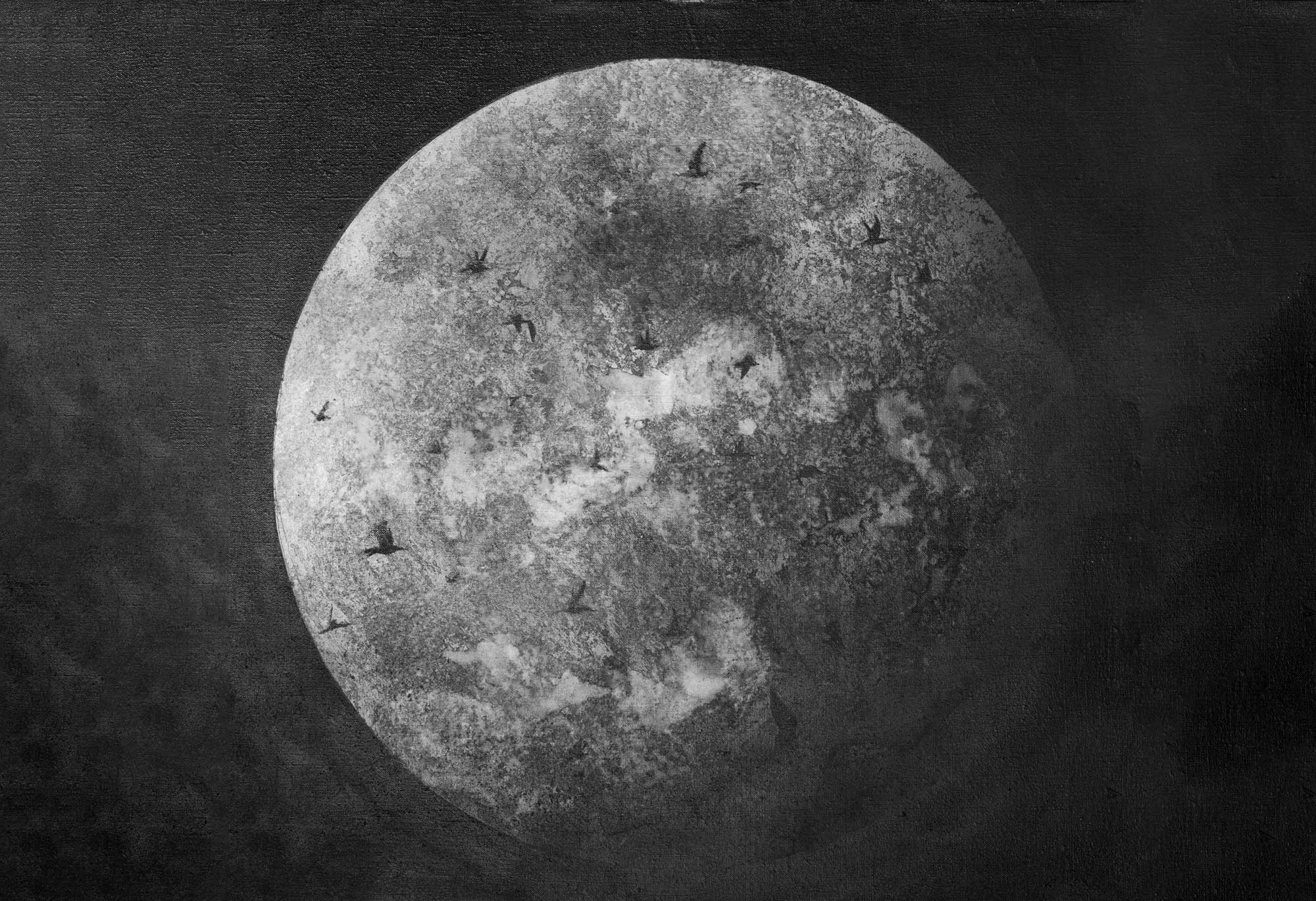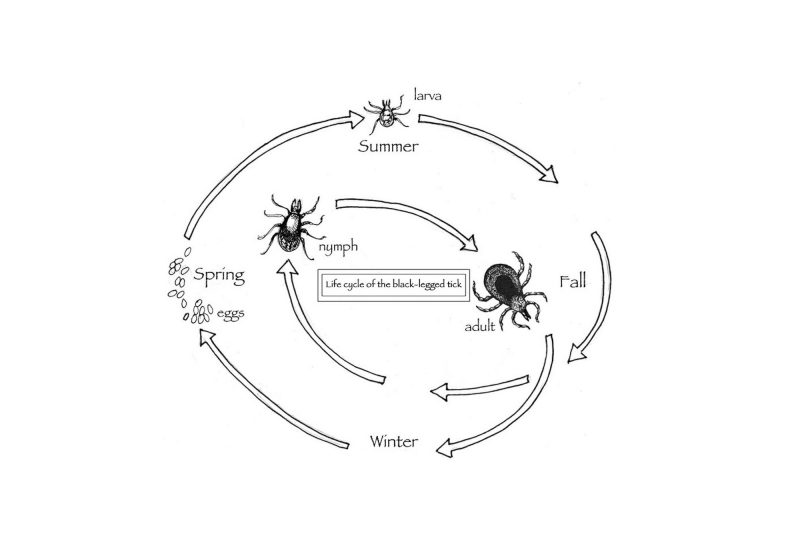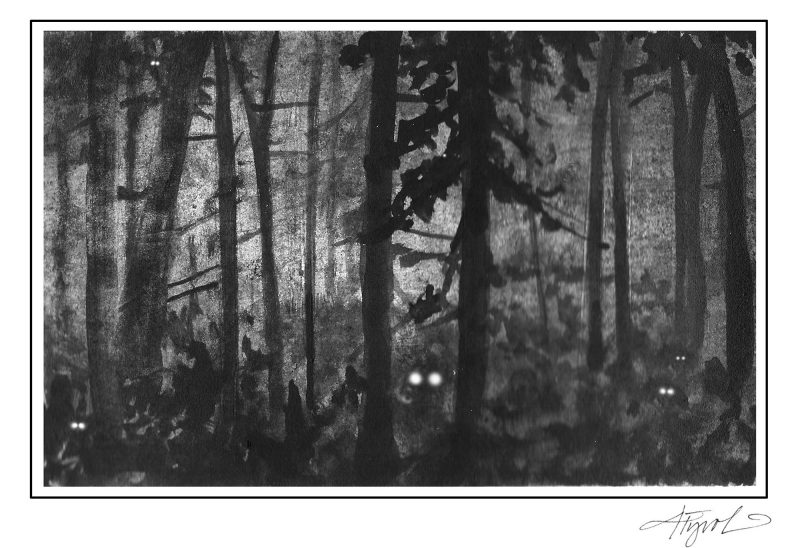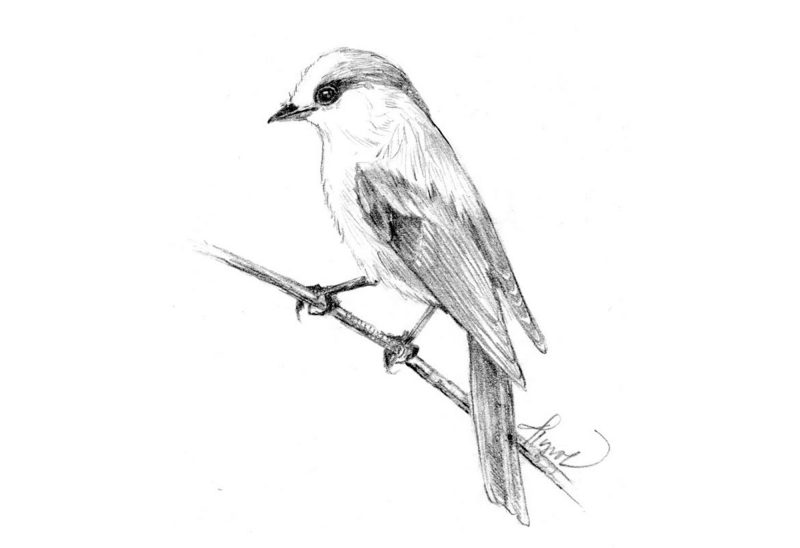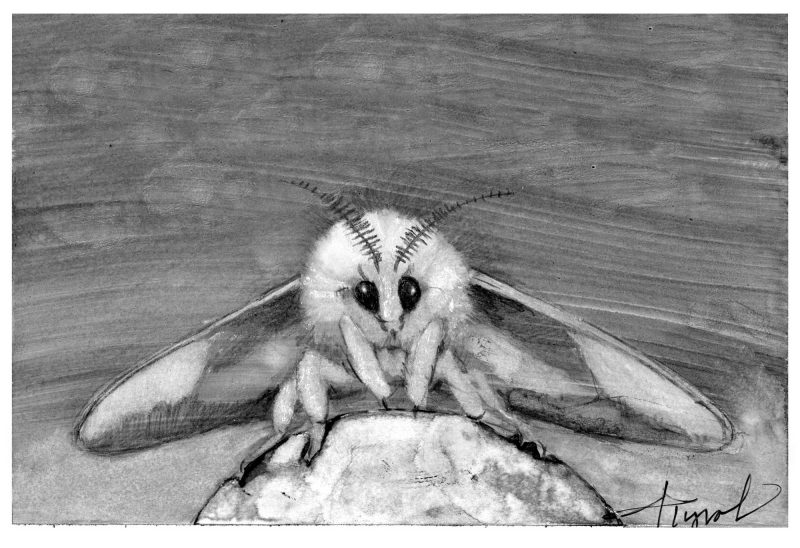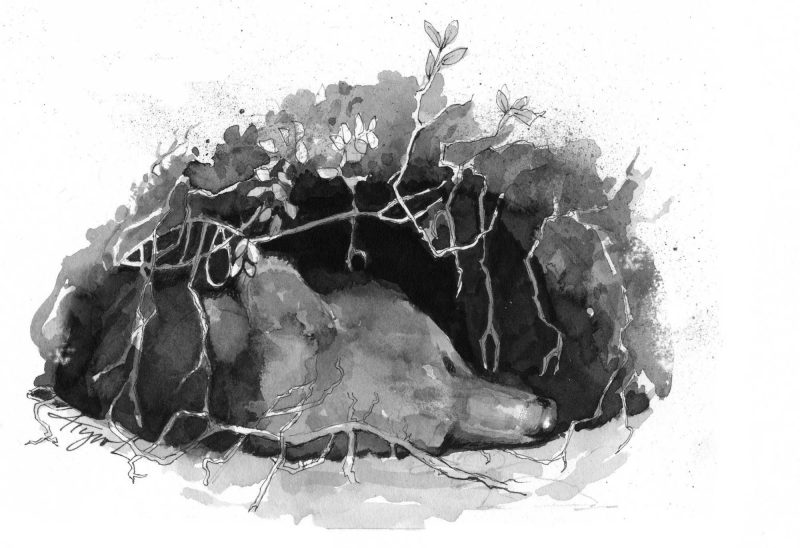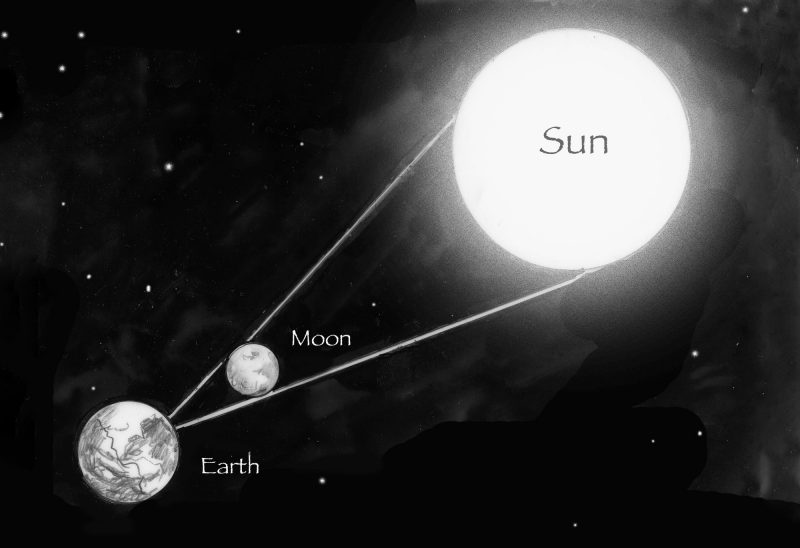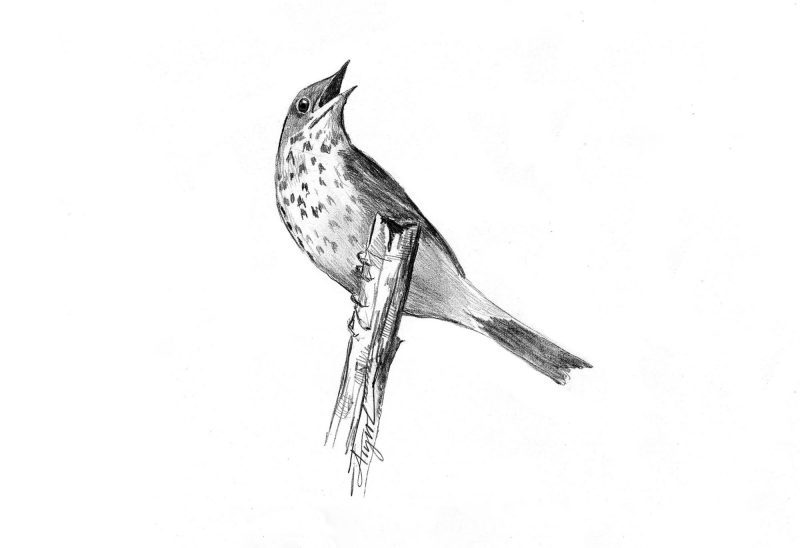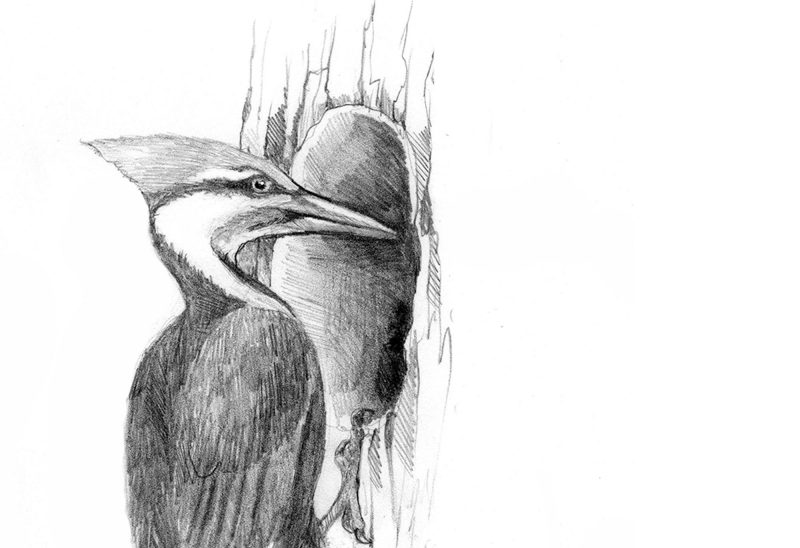On the night of December 3, 2017, a moon rose that was unlike any other of the year. Not only was it full, but it was at the closest point to earth during its orbit. Astronomers refer to this orbital proximity as perigee — a word with Greek origins that means “close to the earth” — thus this full moon was a perigean full moon. Of course the phenomenon is more commonly known as a supermoon, a term coined in 1979, not by an astronomer, but by an astrologer named Richard Nolle. By his definition, a supermoon is a full or new moon that comes within 224,000 miles of the earth. (The average distance is 238,000 miles.)
While the December 3rd moon was the only supermoon of 2017, it was the first in a trilogy of supermoons in quick succession. Another followed just 29 days later on January 1, 2018, and this one was even closer at 221,559 miles away. The third of this trilogy will rise on January 31. Not only will it be the second supermoon of 2018, but the second full moon in one month, otherwise known as a blue moon. Some history on the term blue moon: There are two definitions. The more commonly known one refers to two full moons in one month. The original definition, however, is the third of four full moons in one season, sometimes referred to as a seasonal blue moon.
This rare event on January 31 — a blue supermoon — gets rarer still, because there will also be a lunar eclipse. For those of us in the Northeast, it will be a partial eclipse visible in the early morning hours of January 31. Residents of the western half of the country will enjoy a full lunar eclipse. A blue supermoon eclipse.
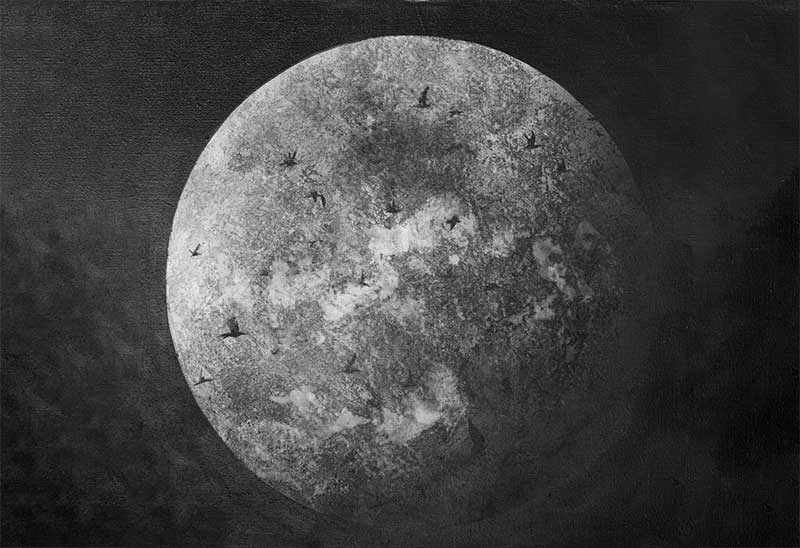
Blue Moon. Illustration by Adelaide Tyrol.
In addition to having two supermoons in one year, 2018 will include two blue moons. A full moon will rise on March 1 and the blue moon on March 31. The last year to have two blue moons was 1999 . . . the next is 2037.
While there is plenty of folklore about the effect of full moons, from werewolves to sleeplessness, the impact here on earth is minimal, even during a supermoon. Ocean tides are one of the few measurable changes. “Tides that happen when the moon is full and near perigee [occur] about three to four times per year,” said Mark Breen, senior meteorologist at the Fairbanks Museum and Planetarium. “These tides are called perigean spring tides, [because they] ‘spring’ higher than normal tides. Perigean spring tides are only inches higher than normal tides, so the effects are quite small.”
But anyone who watched the moonrise on the night of New Year’s Day knows the visual effect was anything but small. I watched it appear from behind a line of tall evergreen trees and within minutes the snowy landscape was so brightly lit, it looked as if it were illuminated from within.
Because full moon nights that are windless and clear are ideal for spotting owls on the hunt, I wanted to head outside and snowshoe. But like the rest of the New England, Vermont was in the middle of a bitter cold snap, so I stayed in. Perhaps I will have better luck on January 31 and the supermoon will rise on an equally clear, windless, but not-so-cold night — conditions that align only once in a blue moon.
Carolyn Lorié lives in Post Mills, Vermont with her partner, Rick, and their three dogs, two of whom are well behaved. The illustration was drawn by Adelaide Tyrol. “The Outside Story” is assigned and edited by Northern Woodlands magazine, and sponsored by the Wellborn Ecology Fund of the New Hampshire Charitable Foundation, a fund dedicated to increasing environmental and ecological science knowledge: jryyobea@aups.bet. A book compilation of Outside Story articles is available at http://www.northernwoodlands.org.

